- Sinopec's participation in the 7.7 billion yuan polyethylene project in Harbin starts, helping upgrade Harbin's industry
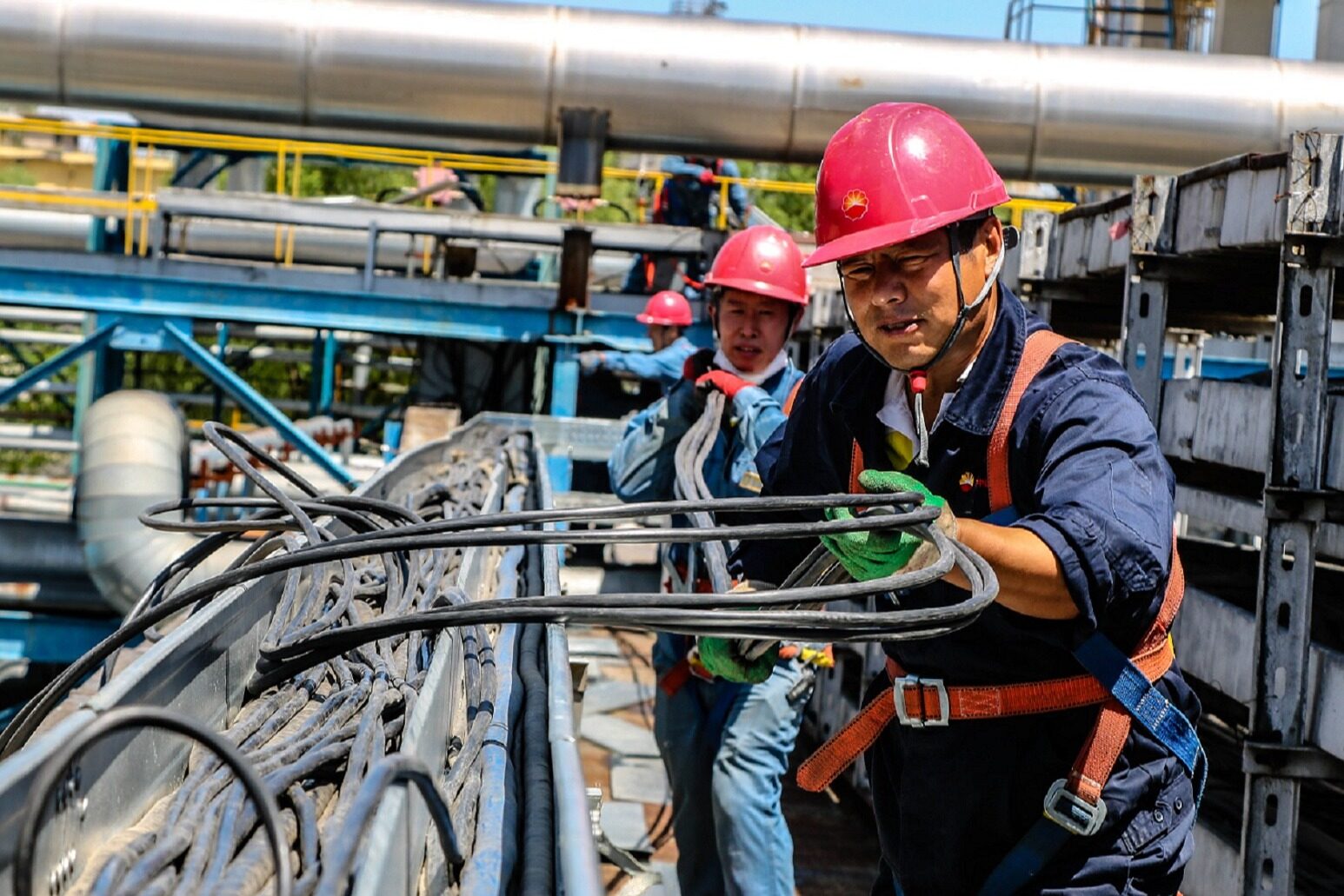
In June 2025, significant progress was made in the Sileno polyethylene project in Kazakhstan, which is jointly invested by Sinopec. All key milestones from signing, financing to EPC award have been completed, marking the official entry of this super factory with a total investment of 7.7 billion US dollars into the construction phase. This milestone event not only signifies a crucial leap forward in the upgrading of Kazakhstan's petrochemical industry, but also highlights the strategic significance of deepening cooperation between China, Russia, and Kazakhstan in the field of energy and chemical industry.
Three parties work together to break ground on the project.
The project is jointly invested and constructed by Kazakhstan National Oil Company, Sinopec, and Russian Sibur Company, and is located in Kazakhstan. This giant factory is expected to start production in 2029, with a designed annual production capacity of up to 1.25 million tons of polyethylene. After being put into operation, it can not only meet about 90% of Kazakhstan's domestic demand for polyethylene and achieve self-sufficiency in key chemical raw materials, but also turn its attention to the huge potential European and Chinese markets, with plans to achieve large-scale exports.
This cooperation is not only a crucial step for Kazakhstan to promote the upgrading of its petrochemical industry, but also marks the deep binding of China, Russia, and Kazakhstan in the field of energy and chemical industry, jointly drawing up a new blueprint for energy cooperation.
Technology: All Star Team.
Despite the complex geopolitical situation, the technology source of this project demonstrates a global cooperation aspect. Lummus in the United States provides key cracking technology, responsible for converting petroleum into ethylene; The patented process provided by Chevron Phillips in collaboration with Univation ensures efficient production of polyethylene; Axens' butene technology from France fills the technical gap in key aspects of the project.
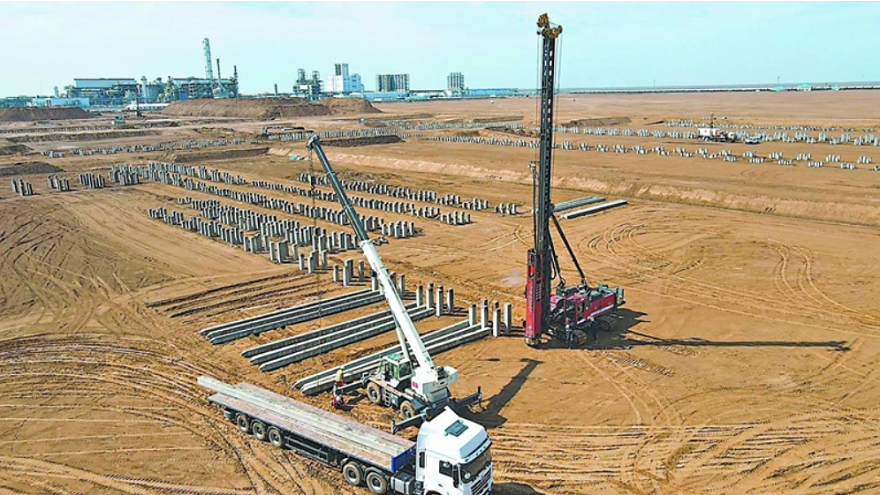
This means that although the project is led by enterprises from China, Russia, and Kazakhstan, the core technology comes from European and American giants. This combination of "Eastern capital+Western technology" is a microcosm of the complexity and interdependence of the current global energy industry chain.
Market ambition: self-sufficient export, seize European market share.
The positioning of the Sileno factory is not only to meet domestic demand, but also to look at the international market. As one of the top ten oil exporting countries in the world, Kazakhstan had previously heavily relied on imports in the field of energy raw materials. After the Sileno factory is put into operation, it is expected that the domestic demand for polyethylene in Kazakhstan will increase to 400000 tons by 2035. The factory's huge production capacity of 1.25 million tons far exceeds local demand, achieving a 90% import substitution rate, and plans to export to Europe and China.
The project party considers Europe as an important target market, mainly based on three considerations: firstly, Kazakhstan has a lower energy production cost advantage than Europe; Secondly, products can enter the Eastern European market conveniently and quickly through Caspian Sea ports and land transportation; Thirdly, Europe is actively seeking supply chain diversification, and Kazakhstan is expected to become its ideal alternative option.
Sinopec's Strategic Layout.
Seizing the bridgehead of Central Asia Petrochemical, Sinopec's 30% stake this time is a key strategic layout in the energy and chemical industry in Central Asia. In recent years, Sinopec has increased its investment in multiple energy giants such as Russia, Saudi Arabia, and Iran. This cooperation will further consolidate Sinopec's voice and influence in the global polyethylene supply chain, laying a solid foundation for its expansion into Central Asia and broader markets.
The success or failure of the Sileno factory is not only related to Kazakhstan's "petrochemical power dream", but also a key battle for whether China and Russia can break the dominant polyethylene market pattern in Europe and America. Although the project will still face challenges such as technological integration, geopolitical risks, and possible changes in European policies in the coming years, like the hanging sword of Damocles, once successfully built and put into operation, it will undoubtedly have a profound impact on the global energy and chemical trade chain and deserves continued attention. (This article is from the official website of Jian Dao www.seetao.com. Reproduction without permission is prohibited, otherwise it will be prosecuted. Please indicate Jian Dao website+original link when reprinting.) Jian Dao website petrochemical column editor/Yin Jiahui
Comment
 Praise
Praise
 Collect
Collect
 Comment
Comment
 Search
Search



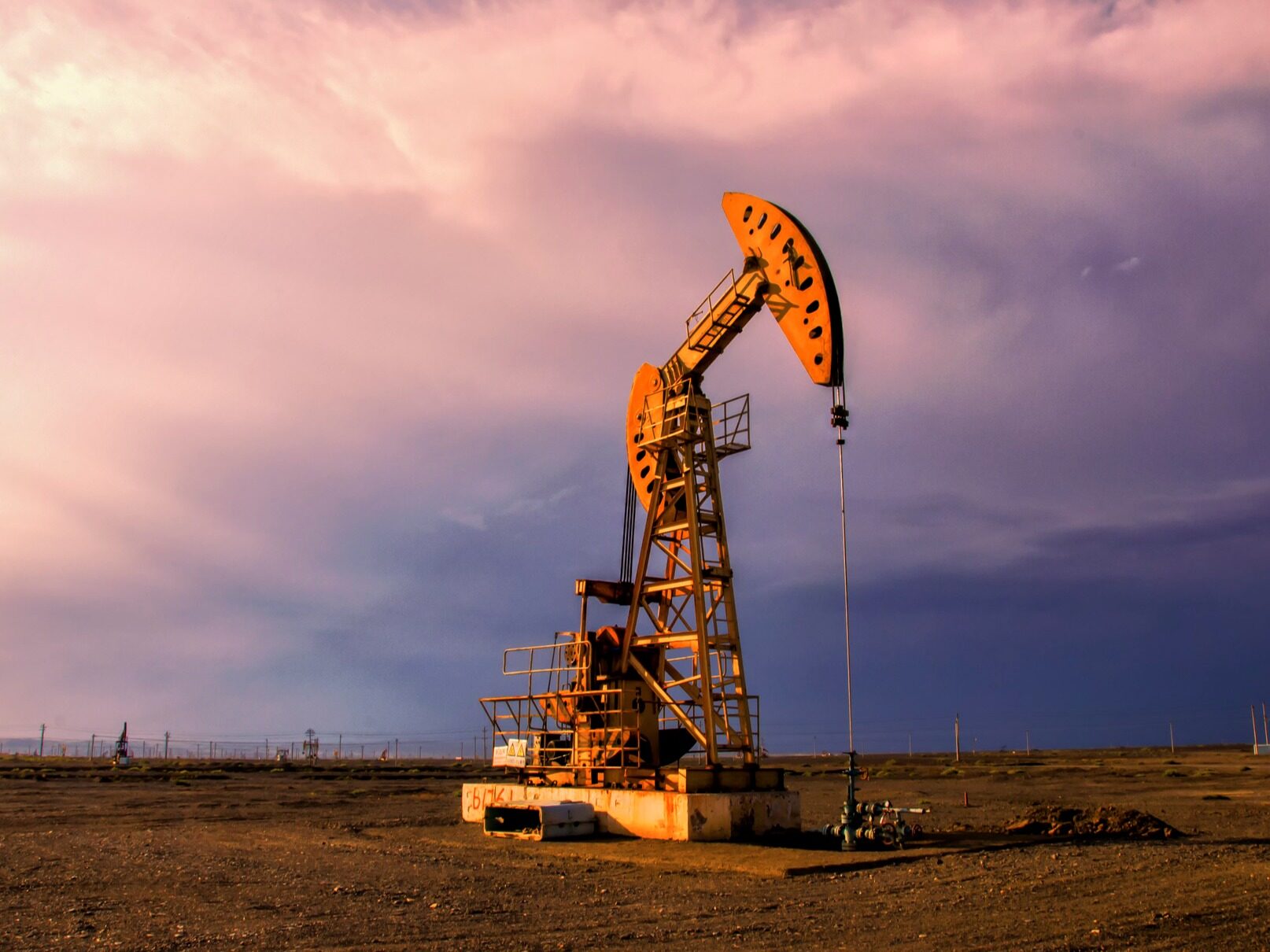
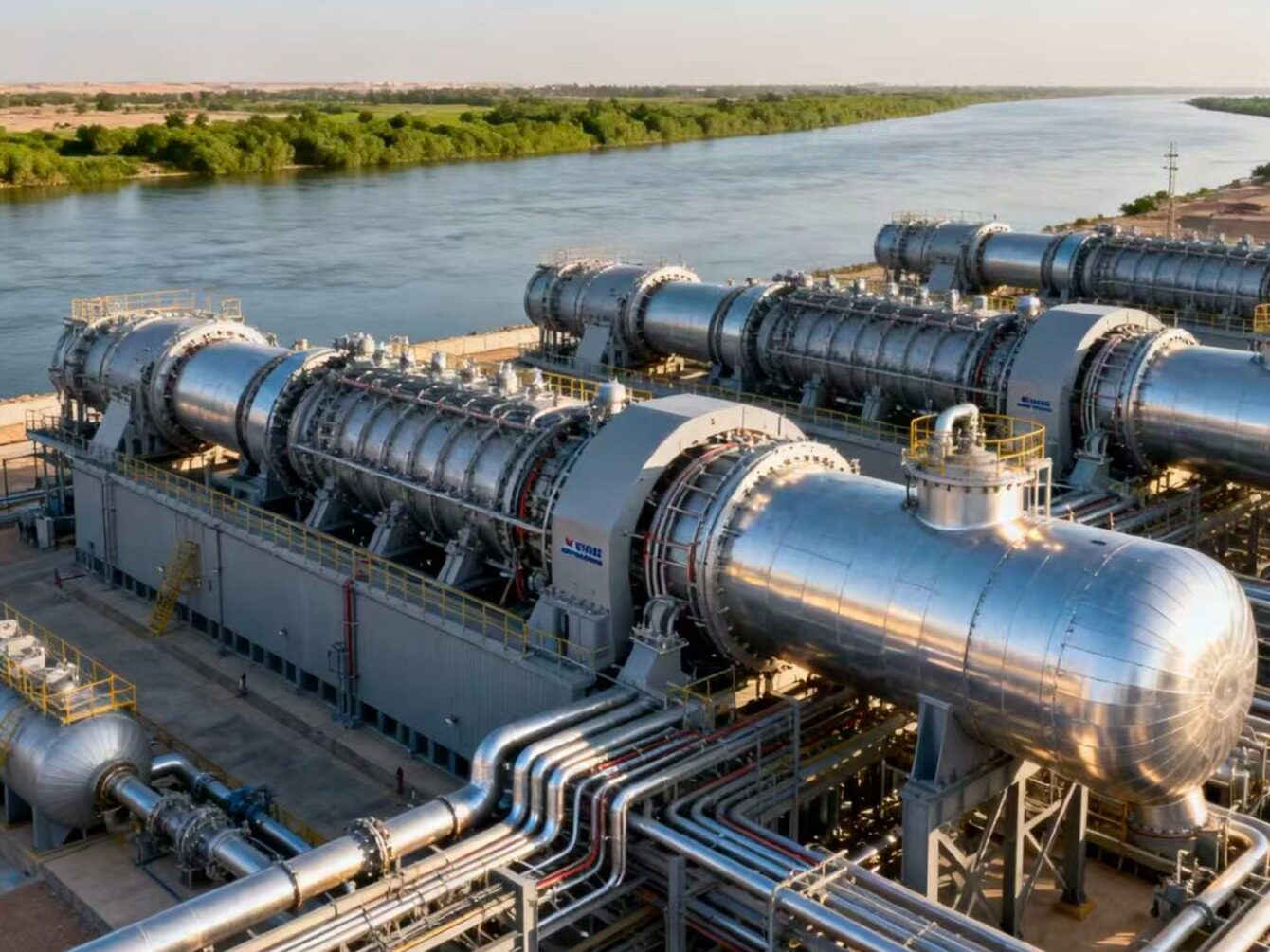
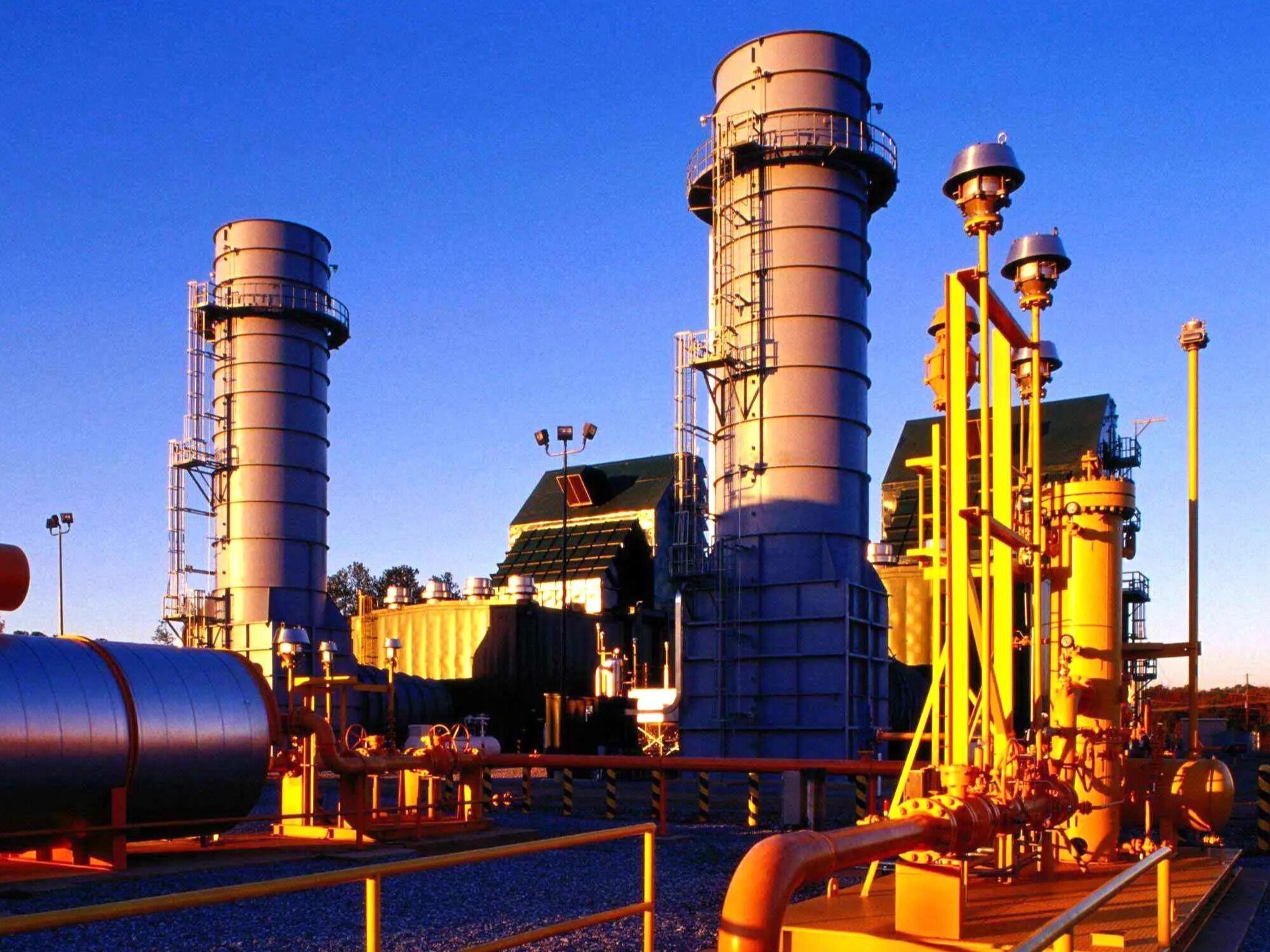
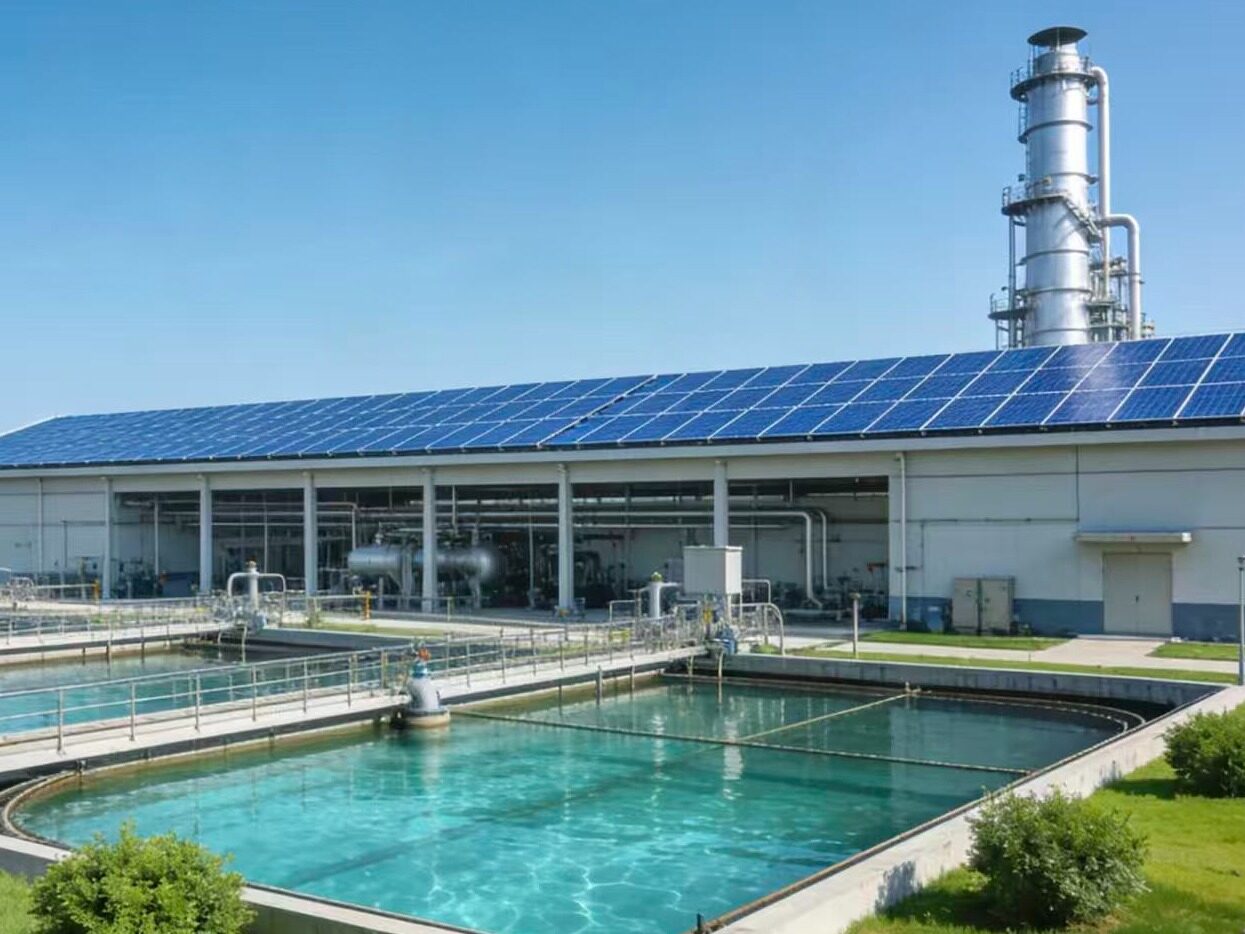
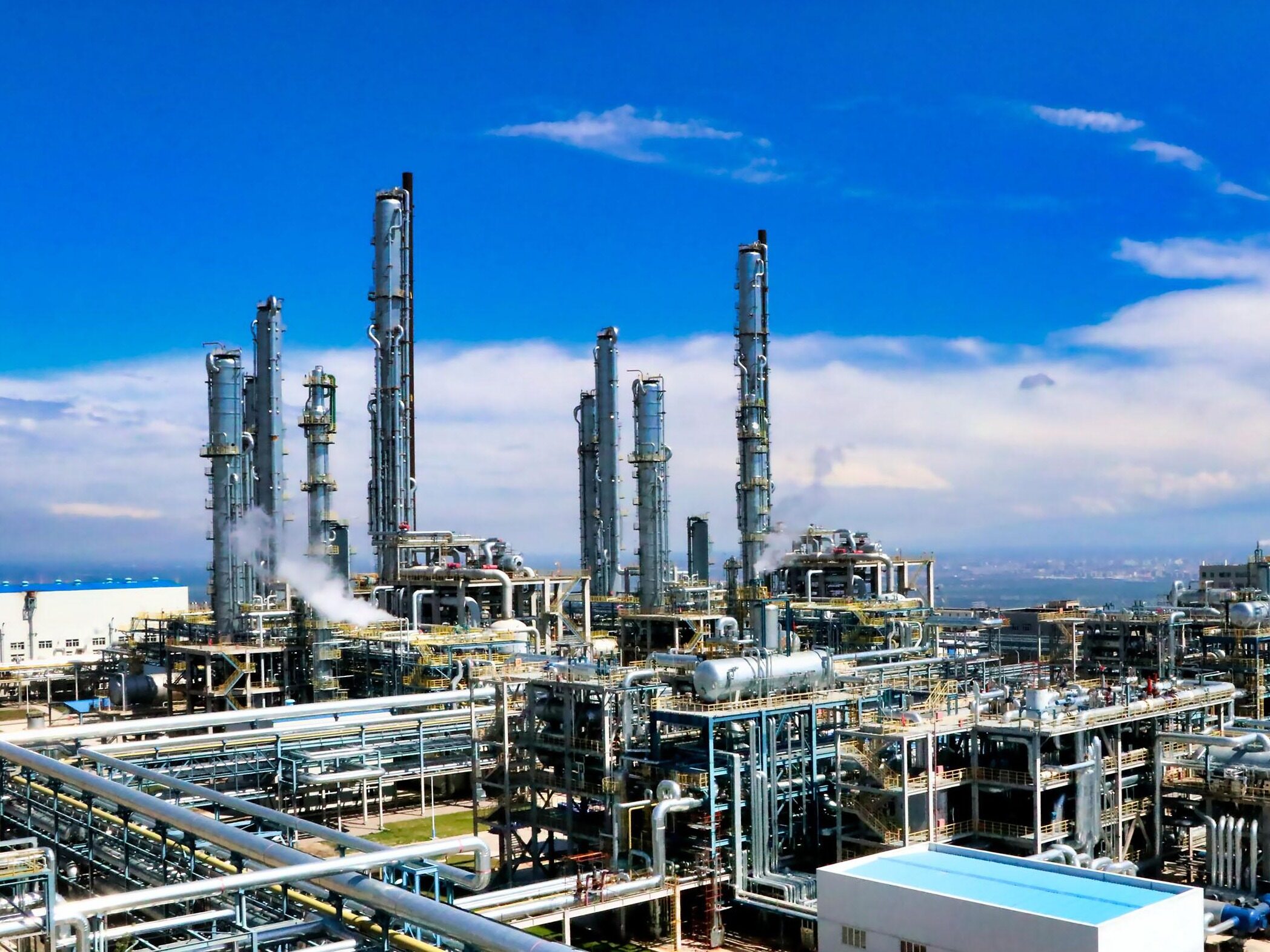






Write something~